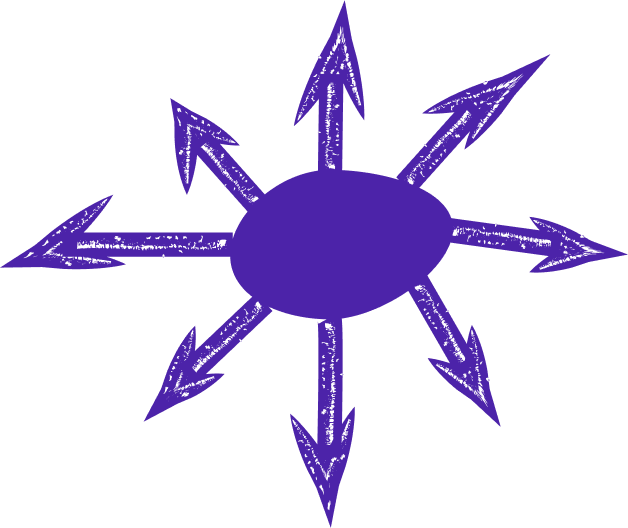
what is control flow graph
Control Flow Graph
In a CFG, the program's source code is divided into basic blocks, which are sequences of instructions that are executed sequentially without any branching or looping constructs. Each basic block is represented by a node in the graph, and the edges between the nodes depict the possible transitions between the basic blocks.
The nodes in a CFG are connected in a way that accurately reflects the program's control flow. Conditional statements, such as if-else and switch-case, introduce branches in the control flow by creating multiple paths that can be taken based on certain conditions. These branches are represented by conditional edges in the graph, allowing developers to visualize the different execution paths and understand how the program behaves under different scenarios.
Loops, such as for, while, and do-while, introduce repetitive execution in a program. These loops create cycles in the control flow graph, as they enable the program to revisit certain basic blocks multiple times until a certain condition is met. By analyzing the loops in a CFG, developers can identify potential performance bottlenecks, such as inefficient loop conditions or unnecessary iterations, and optimize the program accordingly.
Control Flow Graphs are valuable tools for program analysis and debugging. They allow developers to reason about the program's control flow and understand how different parts of the code interact with each other. By visually inspecting the graph, they can identify unreachable code, dead code, or unintended control flow paths, which can help in detecting and fixing logic errors or vulnerabilities in the software.
Furthermore, CFGs serve as a foundation for various program analysis techniques, such as data flow analysis, control dependence analysis, and program slicing. These techniques leverage the information provided by the control flow graph to perform advanced analyses, such as identifying variables that are modified before being used, determining dependencies between program statements, or extracting subsets of the program relevant to specific computations.
In addition to their significance in program analysis, control flow graphs also play a crucial role in software testing and coverage analysis. Test coverage metrics, such as statement coverage, branch coverage, and path coverage, rely on the control flow graph to measure the effectiveness of test cases by determining which parts of the code have been executed and which parts remain untested.
In conclusion, a Control Flow Graph is a graphical representation of a program's control flow, enabling developers to visualize the sequence of execution, identify potential issues, and optimize the program's performance. It serves as a foundation for program analysis, debugging, testing, and coverage analysis, providing valuable insights into the behavior and structure of software systems. By leveraging the information provided by control flow graphs, developers can enhance the quality, reliability, and efficiency of their software, ultimately contributing to the success of their projects.
Let’s build your next digital product — faster, safer, smarter.
Book a free consultationWork with a team trusted by top-tier companies.








